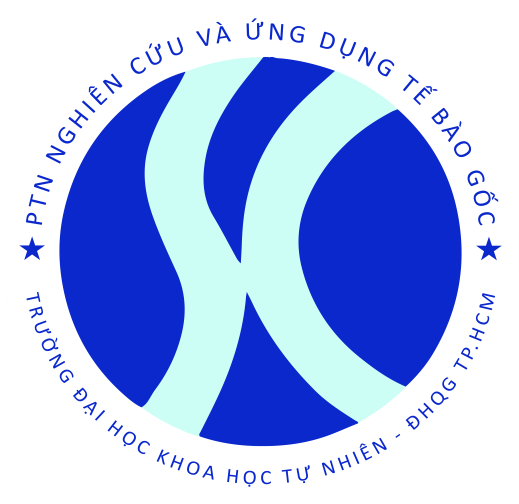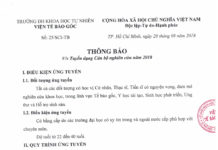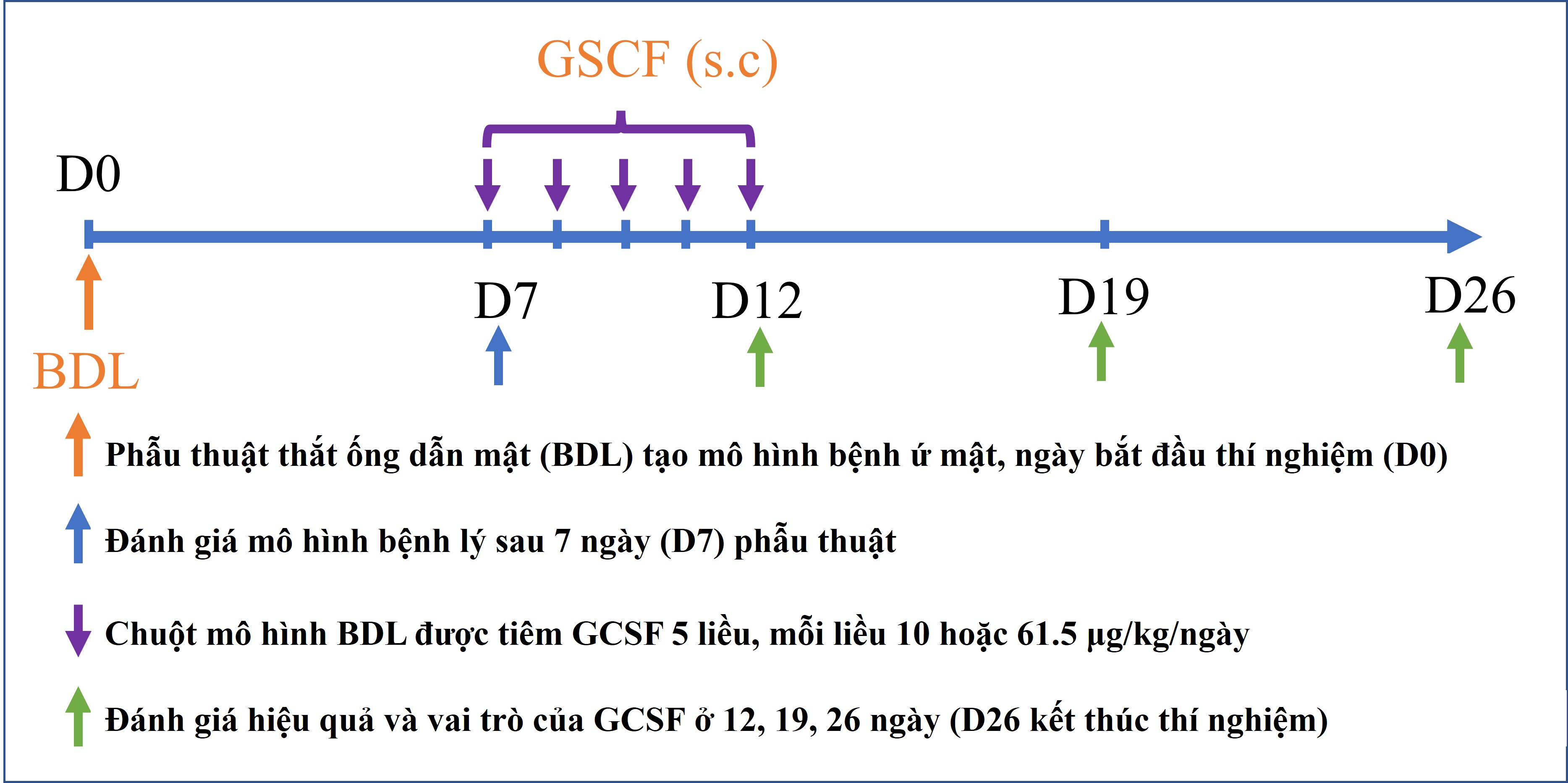Stem Cells International
Article ID 5720413
Comparison of the Treatment Efficiency of Bone Marrow-Derived Mesenchymal Stem Cell Transplantation via Tail and Portal Veins in CCl4-Induced Mouse Liver Fibrosis
Nhung Hai Truong,1,2 Nam Hai Nguyen,1 Trinh Van Le,1 Ngoc Bich Vu,1 Nghia Huynh,3 Thanh Van Nguyen,4 Huy Minh Le,3 Ngoc Kim Phan,1,2 and Phuc Van Pham1,2
1Laboratory of Stem cell Research and Application, University of Science, VNU-HCM, Ho Chi Minh City 700000, Vietnam
2Biology Faculty, University of Science, VNU-HCM, Ho Chi Minh City 700000, Vietnam
3University of Medicine and Pharmacy Ho Chi Minh City, Ho Chi Minh City 700000, Vietnam
4Nguyen Tat Thanh University, Ho Chi Minh City, Vietnam
Received 3 June 2015; Revised 15 September 2015; Accepted 17 September 2015
Academic Editor: Shinn-Zong Lin
Copyright © 2016 Nhung Hai Truong et al. This is an open access article distributed under the Creative Commons Attribution License, which permits unrestricted use, distribution, and reproduction in any medium, provided the original work is properly cited.
Abstract
Because of self-renewal, strong proliferation in vitro, abundant sources for isolation, and a high differentiation capacity, mesenchymal stem cells are suggested to be potentially therapeutic for liver fibrosis/cirrhosis. In this study, we evaluated the treatment effects of mouse bone marrow-derived mesenchymal stem cells (BM-MSCs) on mouse liver cirrhosis induced by carbon tetrachloride. Portal and tail vein transplantations were examined to evaluate the effects of different injection routes on the liver cirrhosis model at 21 days after transplantation. BM-MSCs transplantation reduced aspartate aminotransferase/alanine aminotransferase levels at 21 days after injection. Furthermore, BM-MSCs induced positive changes in serum bilirubin and albumin and downregulated expression of integrins (600- to 7000-fold), transforming growth factor, and procollagen-α1 compared with the control group. Interestingly, both injection routes ameliorated inflammation and liver cirrhosis scores. All mice in treatment groups had reduced inflammation scores and no cirrhosis. In conclusion, transplantation of BM-MSCs via tail or portal veins ameliorates liver cirrhosis in mice. Notably, there were no differences in treatment effects between tail and portal vein administrations. In consideration of safety, we suggest transfusion of bone marrow-derived mesenchymal stem cells via a peripheral vein as a potential method for liver fibrosis treatment.
Nhung Hai Truong, Nam Hai Nguyen, Trinh Van Le, et al., “Comparison of the Treatment Efficiency of Bone Marrow-Derived Mesenchymal Stem Cell Transplantation via Tail and Portal Veins in CCl4-Induced Mouse Liver Fibrosis,” Stem Cells International, Article ID 5720413, in press.
http://www.hindawi.com/journals/sci/aa/5720413/cta/




